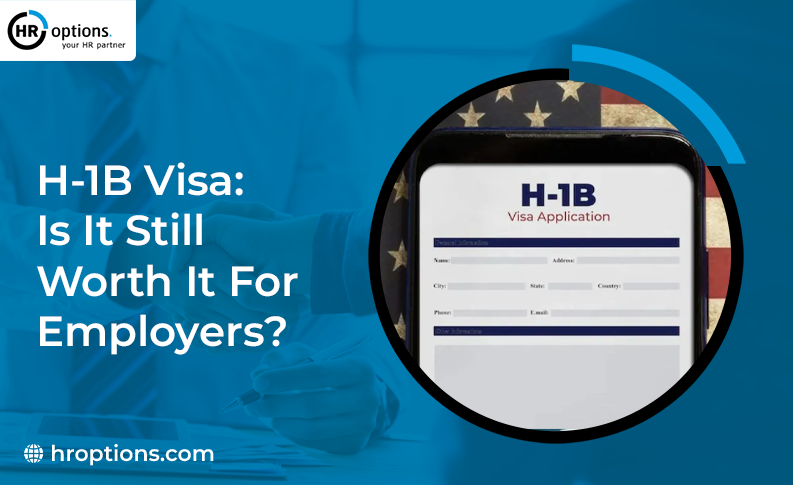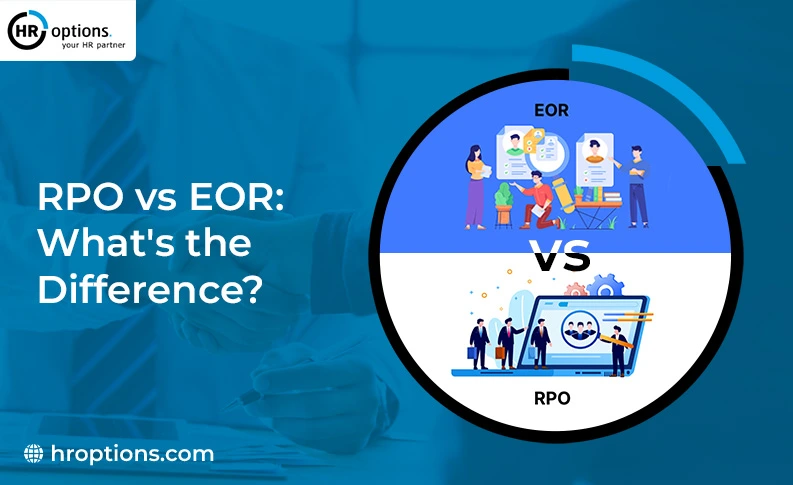Healthcare Benefits in a Canadian Workplace
Let’s discuss benefits, costs, the tax that it comes with, and some everyday things you should know about benefit policies in Canada.
HEALTHCARE BENEFITS IN A CANADIAN WORKPLACE
 Nunzio Presta
Nunzio Presta
Senior Sales and Marketing Executive
Great benefits can help attract potential employees to your job postings. These same benefits could also encourage an employee stay or leave your company.
Knowing what benefits you could offer to your employees is essential, as you might add something that is already covered by the government, which, in fact, could be illegal.
Let’s discuss benefits, costs, the tax that it comes with, and some everyday things you should know about benefit policies.
ENROLLMENT FOR HEALTHCARE BENEFITS IN CANADA
If you are an employer who is setting up a benefit plan with your insurance carrier or broker, you need to make sure that the benefits you will include in your plan are different from the existing coverage of the provincial health care plans.
It is illegal to offer the same benefits as are already available under the government program, so it’s best to know what is provided by the province where your business is located.
Open enrollment is very rare in Canada. When you set up a plan with your insurance carrier, specific eligibility requirements are in place, such as the option to join the plan after 90 days of employment, and a requirement to have a minimum 30-hour workweek before the employee can join your program.
Most benefit plans have very specific timeframes when an employee can join or terminate from the benefit plan. On the other hand, employees could choose not to have health or dental coverage if they are covered through a spouse or other reasons (but may be required to join the plan for LTD, Life and AD&D).

TAXABLE EMPLOYER-SPONSORED BENEFITS
Premiums for benefit plans are paid primarily by the employer. In some cases, the cost of the coverage is partly paid by the employee. This depends on the arrangement between the insurance carrier, employer, and employees.
Important to note is that employer-sponsored benefits are taxable in Canada. Life insurance, accidental death and dismemberment (AD&D(, and critical illness insurance, plus the tax on those are taxable to the employee if paid by the employer.
In Quebec, if an employer covers any premiums for health and dental insurance, those premiums are also taxable to the employee.
COMMON HEALTHCARE BENEFIT POLICIES
As an employer who offers benefits to your employees, it is crucial to have established policies and procedures for enrollment and changes. This is especially true if the benefit plan itself has unique rules from your chosen broker.
You want to ensure you outline the employee’s eligibility criteria ahead of time (for example, in their employment agreement or in a specific benefit policy), such as working 30 hours per week to qualify for the plan. Ensure each employee is aware of which benefits are included in the benefit plan and let them know that the plan is subject to change at any time.
Ensure it is clear who will be paying the premiums as there are occasions where the employer will shoulder the full amount, while for others, the employees cover a portion of the benefit premiums Also be clear about how benefits are going to work upon termination or leaves of absence. This should all be made clear at the outset of employment.

Benefits while on LOA
If your employee takes an extended leave of absence or LOA, they can (in most cases) choose to stay on the benefits or put it on hold. If they decide to keep their benefits, you, as their employer, will have an obligation to continue paying your portion of the premium during that time.
For non-statutory leave, benefits adjustments will conform to whatever policy you have set up for when the employee goes on leave. Be sure you have a detailed written policy in place, and make sure everything is discussed with your employee during onboarding to avoid misunderstandings.
CONCLUSION
Providing excellent health and dental benefits to your employees helps communicate to your employees that they are important to the company. Employees who feel well cared for are likely to be more productive and stay longer than their counterparts.
Establishing policies for how these benefits work and providing these details to your employee once they start working with you is essential to avoid misunderstandings and disputes during employment status changes.
GET EVERY NEW COVID-19 BEST PRACTICE RESOURCE
Receive exclusive access to our library of COVID-19 resources.
RELATED ARTICLES
THE SPECIFICS TO CANADA’S EMPLOYMENT STANDARDS ACT
CANADIAN EMPLOYMENT LAW FOR AMERICAN EMPLOYERS
EMPLOYEE HIRING PROCESS: THE CANADIAN WAY
OTHER ARTICLES
WORKPLACE TRENDS #4: SOCIAL MEDIA – ENGAGE AND EXCHANGE
The Duties And Goals Of An HR Department
Co-Employment and the Risks It Comes With
LET'S CHAT ABOUT YOUR HR OPTIONS
Chat below or call (800) 777-8944 for an immediate response.








